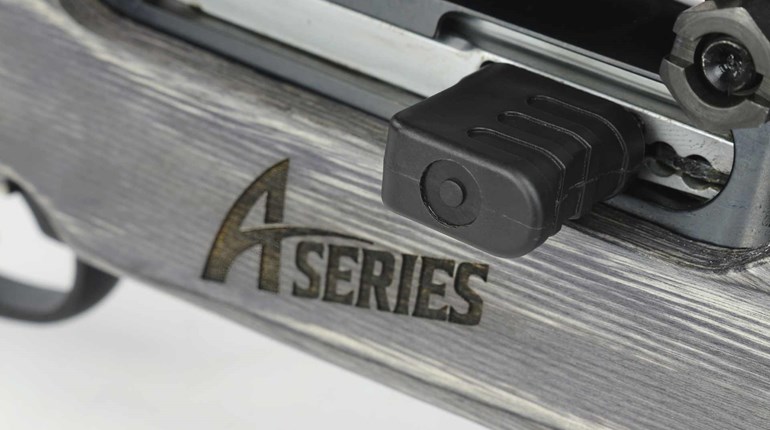
The AR-15 is the most popular rifle in the USA and with good reason. Aside from being affordable and producing only minimal recoil, this firearm can be used to harvest medium-sized game, defend the home, win a shooting competition or simply punch paper without breaking the bank. Few platforms are more versatile than this time-tested system, and it owes it all to its modular design. It can fill multiple roles depending on how we’ve accessorized it, but the question is, where do we start? While gear is fun to have, with each section of Picatinny rail, we are adding weight and disrupting the balance of the firearm. Here are five must-haves that will get you off the ground without weighing you down.
A good optic
With all the things the AR-15 offers out of the box, sights are usually not one of them. Before leaving the store, be sure that your gun is outfitted with some sort of aiming device, preferably an optic. While there is nothing wrong with going the iron sight route, today’s optics are built to be outstandingly robust and more affordable than ever before. A simple electronic red dot unit will serve you well in the field, on the range and around the house, while more elaborate magnified optics can draw your target closer to the eye.
Typically, the low-power variable optic class of scope makes a good fit, as they offer a non-magnified setting on 1x, or can be zoomed as high as 10x or beyond. I recommend spending a fair amount of coin on this accessory, as low-dollar no-name products typically fail to hold zero in short order.
A sling
A sling is an invaluable piece of kit and one that is useful for nearly any style of shooting. The most obvious use of a sling is to carry the rifle, and depending on style, that can be done in a few different ways. Single-point slings are terrific for securing your AR when you have other gear to navigate around, like a chest rig or a binocular harness, and can be used to some degree to steady the rifle when shooting.
However, if you are looking to build a rock-solid shooting position, nothing beats a two-point sling, particularly if it can be formed into a loop or cuff at the rear end. Consider all available options, as well as mounting hardware, before making your purchase, as not every sling will fit every rifle.
Trigger upgrade
Building an AR-15 from scratch isn’t as daunting a task as you might imagine. To that end, upgrading the internals isn’t too bad, either. The typical “mil-spec” trigger is not for the faint of heart, as most require as much as 7 lbs. of pressure or more to go off. That’s a lot of weight for one finger to move, particularly when you have to keep the rest of them still. Upgrading the bang-switch can drastically reduce the pull weight while eliminating that spongy stage of creep that allows for shooter error to sneak in. If you go the self-contained route, it even makes cleaning a fair bit easier, as the individual parts aren’t exposed to the fouling that finds its way into the receiver.
Cleaning kit
Although your stock might have a compartment for a cleaning kit, rest assured that there won’t be one in it. The AR-15 requires a bit more maintenance than, say, a bolt-action rifle, so it pays to invest in the right tools before you need them. A typical cleaning kit will include a brass or aluminum rod, a bore brush, and either a spear-pointed jag or a slotted patch holder.
For the AR-15, it’s good to add any of the purpose-built brush kits to your order as well. These are helpful for reaching the narrow areas of the bolt carrier group as well as cleaning the unconventional star chamber. Solutions that clean, lubricate and protect, often abbreviated as CLPs, are best for this task, because any residual fluid simply serves as a corrosion inhibitor.
Training
Ok, technically this isn’t an accessory for your gun, but for your brain. You see, optics have many settings and require a certain skill set to install properly. Further still, if the fundamentals of marksmanship aren’t mastered, you have little chance of zeroing it. Slings can be equally daunting, as their array of buckles and attachment points leave us with a nearly endless number of available configurations. When it comes to putting a trigger in, this area houses the only springs that can be installed backward, so it pays to get it right the first time.
Lastly, it seems that no topic generates more questions than cleaning and maintenance, so a little know-how helps tremendously there as well. Seek out an NRA instructor and see if they are holding The NRA Basic Rifle course in the near future. This will serve as an invaluable base of information and helps to identify issues in the early stages before any damage is done.







































